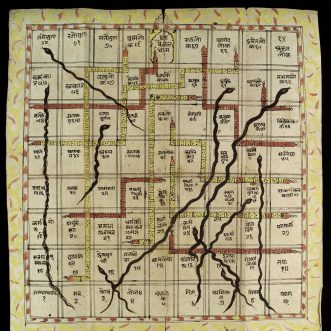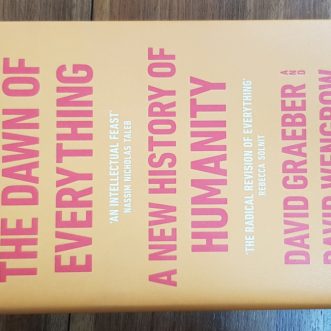
Games we play
I was reading yesterday about 2 kinds of games – finite and infinite. Finite games are those where the game stops when somebody wins. They could also be called zero-sum games. For someone to win, everyone else has to lose. Finite and zero-sum games are based on scarcity.
Infinite games on the other hand, are not about winning, they are about keeping the game going. The game is eternal, which means there is no scarcity. As a player I may drop out, but the game goes on, with other players. The game can also get bigger, there is no limit to how many people can play.
We tend to play an infinite game with our personal relationships. We don’t keep score with our family and friends. We assume, safely on the whole, not that a favour will be returned as a quid pro quo, but that if we are in need, help will be given.
Our assumption is that business is a zero-sum game. Where for me to win, the planet has to lose. Or other businesses have to lose. Or customers have to lose. Or where my team have to lose.
What if you assumed it was an infinite game? That business is about keeping the game going for everyone, forever?
Would you play differently?








